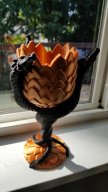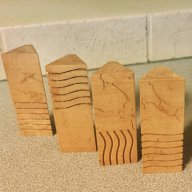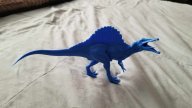So I’m thinking of getting a 3D printer. I’d first have to raise some capital and that usually means I have to sell something of mine. I might sell my Kraton to fund it. Not sure yet. Still thinking about it.
I’ve obviously have done a ton of research on the Google. I don’t want to spend a ton of money as I’m new to to this but I do want the best bang for my buck as I’m sure most people feel this way.
I’m looking at, and open to others, the Creality Ender 3 pro, Creality CR-10s, and the Sovol SV01.
I like the print dimensions of the CR-10s but I’ve read that the SV01 is amazing out of the box. I know the Ender 3 has a TON of support and requires a lot of upgrades to be superb.
Are there any others I’m missing and should be considering? I’d say my budget would be less than $500 but then it all depends on what I could get for my Kraton.
I’ve obviously have done a ton of research on the Google. I don’t want to spend a ton of money as I’m new to to this but I do want the best bang for my buck as I’m sure most people feel this way.
I’m looking at, and open to others, the Creality Ender 3 pro, Creality CR-10s, and the Sovol SV01.
I like the print dimensions of the CR-10s but I’ve read that the SV01 is amazing out of the box. I know the Ender 3 has a TON of support and requires a lot of upgrades to be superb.
Are there any others I’m missing and should be considering? I’d say my budget would be less than $500 but then it all depends on what I could get for my Kraton.




